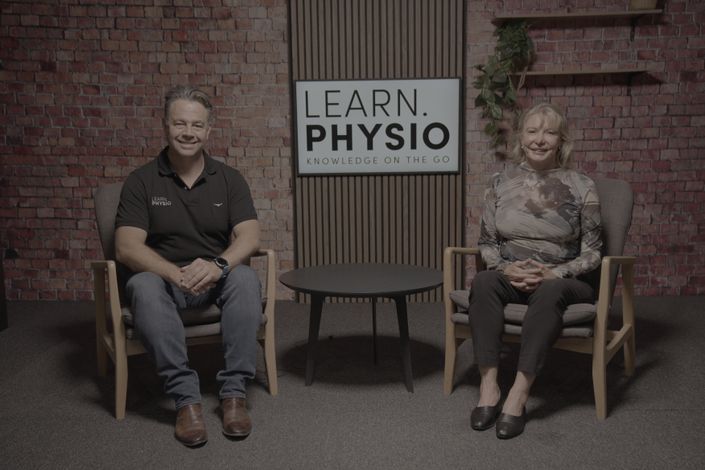Introduction
The Functional Thorax Masterclass, taught by Dr Trish Wisbey-Roth and Randall Cooper provides a complete overview of the assessment and management of the thorax and ribs. This executive summary provides clinically relevant, actionable information that may be useful to health professionals.
Part 1 - Thorax and Rib Structure
The thoracic spine and rib cage play a crucial, yet often under-appreciated role in spinal mechanics and athletic performance. A sound understanding of their anatomy and function facilitates more accurate assessment, targeted treatment, and improved rehab outcomes, especially in persistent or complex presentations.
- Routinely assess thoracic mobility and rib function in upper body cases.
- Include functional movement screens and neural assessments (e.g., long thoracic nerve).
- Apply rib mobilisation techniques (pump/bucket handle) and progressive thoracic rehab strategies.
Part 2 - Assessing the Ribs and Thoracic Spine
Thorough assessment requires both functional and passive testing. Consider breathing patterns, posture, scapular control, and neural input. Movement screens can help identify the true source of dysfunction and prevent tunnel vision on the thoracic spine.
- Combine movement and breathing assessments to differentiate muscular vs spinal limitations.
- Use wall push-ups to identify scapular winging and screen the long thoracic nerve.
- Palpate rib mobility in prone and side-lying positions to assess pump and bucket handle mechanics.
Masterclass Preview
Enjoy this free preview of Trish going through upper thoracic spine stiffness.
Part 3 - Treatment Strategies
Treatment of the thoracic spine and ribs should blend hands-on techniques with education and self-management. Target areas of stiffness — especially T9–T12 — and incorporate breathing to reduce sensitivity and improve motion. Hands-on work early on can help with patient buy-in.
- Mobilise ribs using breathing and shoulder movement to support down-regulation.
- Palpate and treat T9–12 with awareness of joint mechanics and angles.
- Always re-assess post-treatment and progressively hand over control to the patient.
Part 4 - Cervical Spine Screening
The upper thoracic spine (T1–4) significantly influences cervical mobility. A thorough screen should include the first rib, scalenes, and brachial plexus to rule out neural involvement. Treatment techniques should be adapted to each therapist’s skill level and body mechanics.
- Include upper thoracic mobility assessment in cervical rotation limitations.
- Palpate the first rib and perform neural tension tests (e.g., median nerve).
- Apply mid-thoracic mobilisation principles to the upper thoracic region effectively.
Part 5 - Exercise Rehab
Start with low-load thoracic mobility, breathing, and down regulating drills, then progress to functional, load-based tasks. Keep exercises relevant to the patient’s context, ensuring control, postural endurance, and eccentric strength are appropriately challenged.
- Begin with breathing drills, rib mobility work, and theraband exercises.
- Progress to cable-based and unstable surface exercises for functional control.
- Include eccentric abdominal training and involve coaches or others where appropriate.



